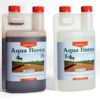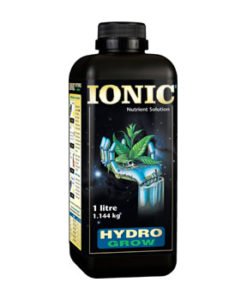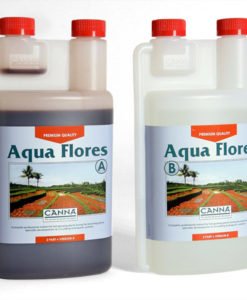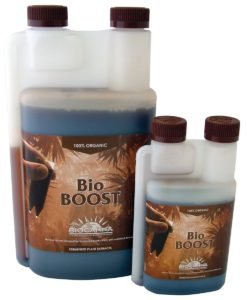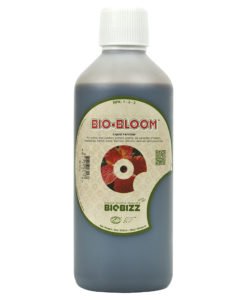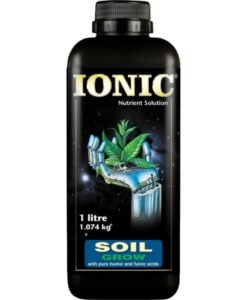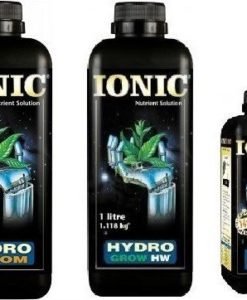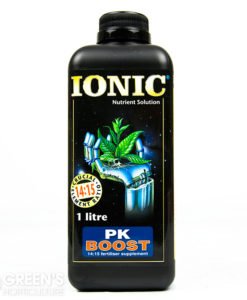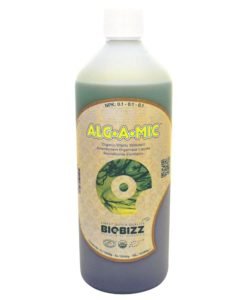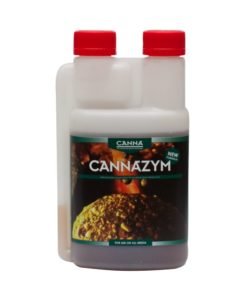Canna Rhizotonic
£39 Original price was: £39.£25Current price is: £25.
Rhizotonic is a powerful vegetable root stimulant. It is ideal for cuttings and when re-potting, it is also good for unhealthy and poorly developed plants, and may also help with plants that have suffered shock from heat or drought.
What is Rhizotonic and how does it work?
The best plants are always those that get off to the best start. Feeding or spraying your young cuttings with Canna Rhizotonic enables them to grow roots faster whilst ensuring that a more vigorous, healthy beginning to life is enjoyed.
A seaweed-based root stimulant, Canna Rhizotonic is a root stimulant that can be used with either hydro, coco or soil.
Technically an additive and beneficial, we would always recommend using a root stimulant during the early stages of plant development as this will help to ensure a healthy plant during the flowering stages.
- Stimulates new root growth on cuttings and transplants
- Aids in the recovery process of any plant or cutting that has been subjected to stress in any way whatsoever
- Enhances overall plant growth and chemical reactions in the plant to ensure a healthier and stronger plant
- CANNA RHIZOTONIC speeds up the germination process when used to soak seeds prior to planting
What are the benefits of Canna Rhizotonic?
Benefits of Canna Rhizotonic include stimulating new root growth on cuttings and transplants, as well as enhancing overall plant growth and chemical reactions in the plant to ensure a healthier, powerful and stronger plant. The best results are gained by ensuring a healthy plant. Because Rhizotonic stimulates root growth, it improves the strength of a plant.
This is especially important during the first weeks of a plant’s life, since young plants are the most vulnerable. Rhizotonic stimulates further root development, increasing your plants’ resistance to disease and promoting its inner and outer strength. Rhizotonic also aids in the recovery process of any plant or cutting that has been subjected to stress.
How do I use Rhizotonic and what’s the dosage?
The manufacturer’s recommended dilution rates are as follows (per litre of water):
| Product | Cutting/Seedling | Vegetative Stage | Flowering Stage |
| Rhizotonic | 4mls | N/A | N/A |
Top tip for getting the best out of Canna Rhizotonic
Use 2-4 ml per litre of water during the vegetative phase, reducing to 0.5 ml per litre in the first weeks of flowering.
Related products
Plant Feed
Plant Feed
Plant Feed
Plant Feed
Plant Feed
Plant Feed
Plant Feed
Plant Feed
Plant Feed
Plant Feed
Plant Feed
Plant Feed


